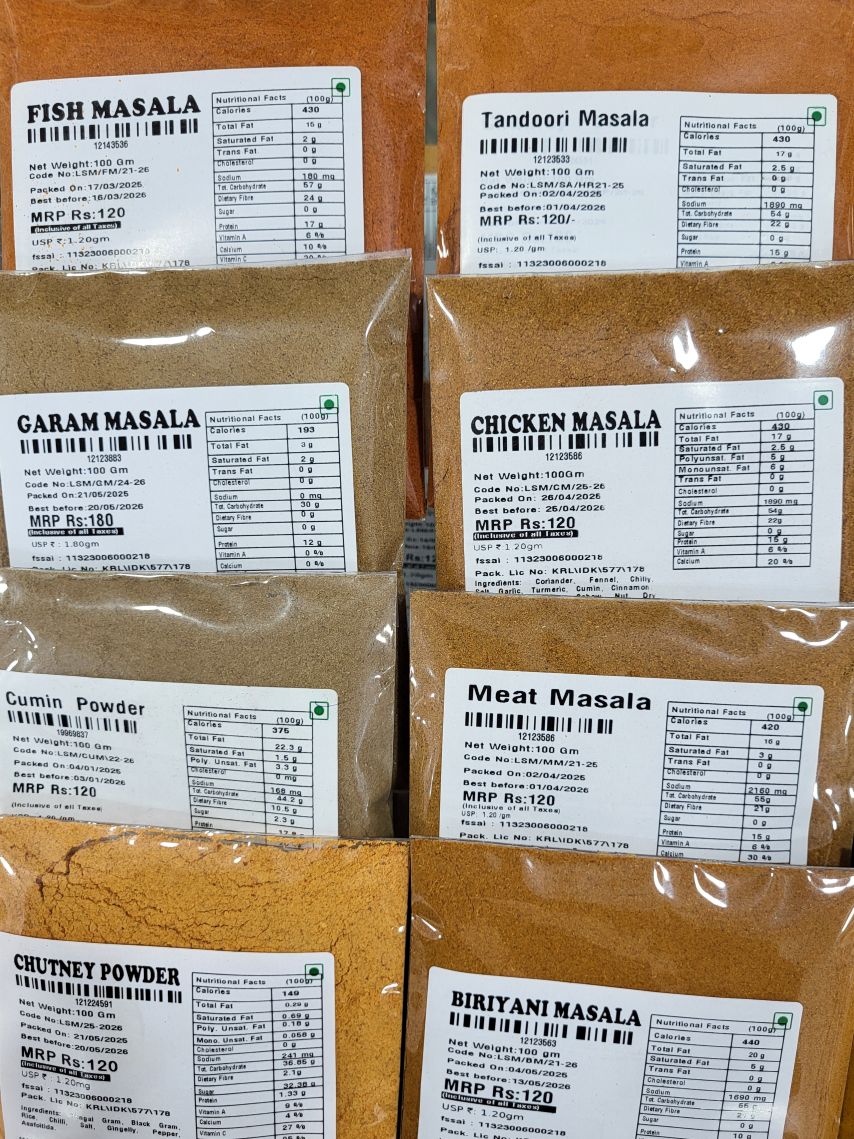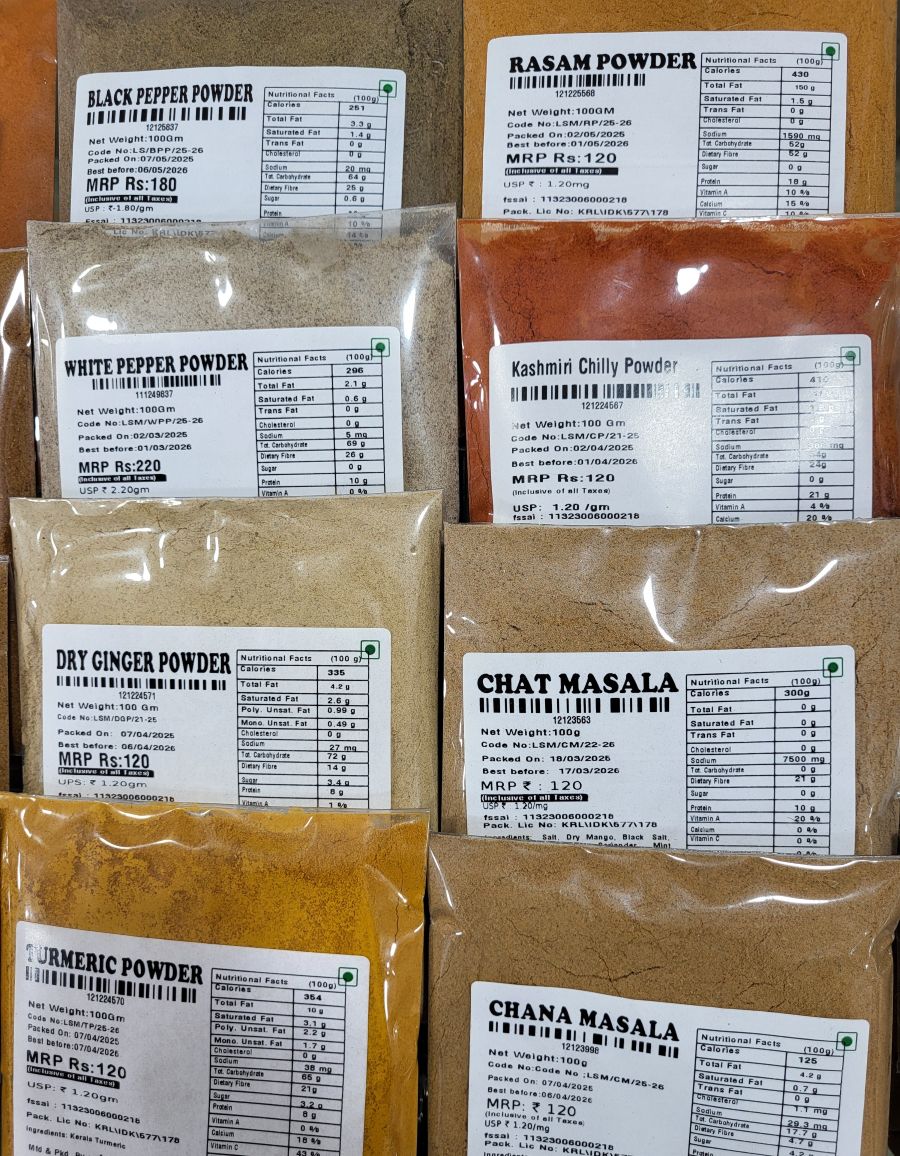Rasam Powder – रसम पाउडर
Rasam Powder, or “Rasam Podi” as it’s often called in South India, is an aromatic and flavorful spice blend that forms the heart of rasam, a thin, tangy, and often spicy soup-like dish. It’s a staple in South Indian households, particularly in Tamil Nadu, Kerala, Karnataka, and Andhra Pradesh, and is prized for its digestive properties and comforting warmth.
What is Rasam? Before delving into the powder, it’s essential to understand what rasam is. Rasam is a light, soupy preparation, usually made with a tamarind base, tomatoes, cooked lentils (like toor dal), and the distinctive Rasam Powder. It’s often served as a part of a traditional South Indian meal, mixed with rice, or consumed as a comforting and invigorating soup on its own, especially during colds or flu.
Key Ingredients of Rasam Powder: The precise blend can vary from family to family and region to region, but common ingredients typically include:
- Coriander Seeds (Dhania): Forms the bulk of the powder, providing an earthy and citrusy aroma.
- Toor Dal (Split Pigeon Peas): Adds body, a nutty flavor, and a slight thickness to the rasam.
- Black Peppercorns (Milagu): Contributes the primary heat and a pungent aroma, often considered beneficial for digestion and congestion.
- Cumin Seeds (Jeeragam): Offers a warm, earthy, and slightly bitter note.
- Dried Red Chillies: Used for both heat and color. Varieties like Byadagi or Kashmiri chillies are often preferred for their vibrant color and moderate heat.
- Fenugreek Seeds (Methi): Adds a subtle bitter note and a distinct aroma, believed to have health benefits.
- Curry Leaves: Impart a unique, fresh, and aromatic flavor. They are often roasted until crisp before grinding.
- Asafoetida (Hing): A pungent resin that aids digestion and adds a savory, umami depth. It’s often added in powder form.
- Turmeric Powder: For color and its known anti-inflammatory properties.
Some regional variations might include:
- Chana Dal (Split Bengal Gram): Similar to toor dal, it adds body and a nutty flavor.
- Mustard Seeds: Less common in the powder itself, but sometimes found.
Flavor Profile: Rasam powder results in a flavor that is:
- Aromatic: A complex blend of toasted spices.
- Tangy: Due to the tamarind used in the rasam itself, which the powder complements.
- Pungent and Spicy: Primarily from black pepper and red chillies.
- Earthy and Nutty: From the lentils and coriander.
Culinary Uses: The primary use of Rasam Powder is, of course, to make rasam. A typical preparation involves:
- Soaking and extracting tamarind pulp.
- Boiling mashed tomatoes and cooked toor dal.
- Adding the Rasam Powder to the boiling mixture.
- Seasoning with salt and sometimes a pinch of jaggery (palm sugar) for balance.
- Finishing with a tempering of mustard seeds, cumin seeds, curry leaves, and sometimes garlic in ghee or oil.
- Garnishing with fresh coriander leaves.
Beyond its traditional role, rasam powder can also be used to:
- Flavor light vegetable stir-fries.
- Add a South Indian touch to soups and broths.
- Make a quick seasoning for rice dishes.
Disclaimer: The image displayed and the details printed on the label are for demonstration purposes only. Actual product specifications, including MRP, manufactured date, expiry date, weight, and ingredients, may differ or change over time. Please refer to the latest packaging for accurate information.
We’ve used images to give you an idea of what to expect. Feel free to call us at 8590303380 if you’d like more details.









Reviews
There are no reviews yet.